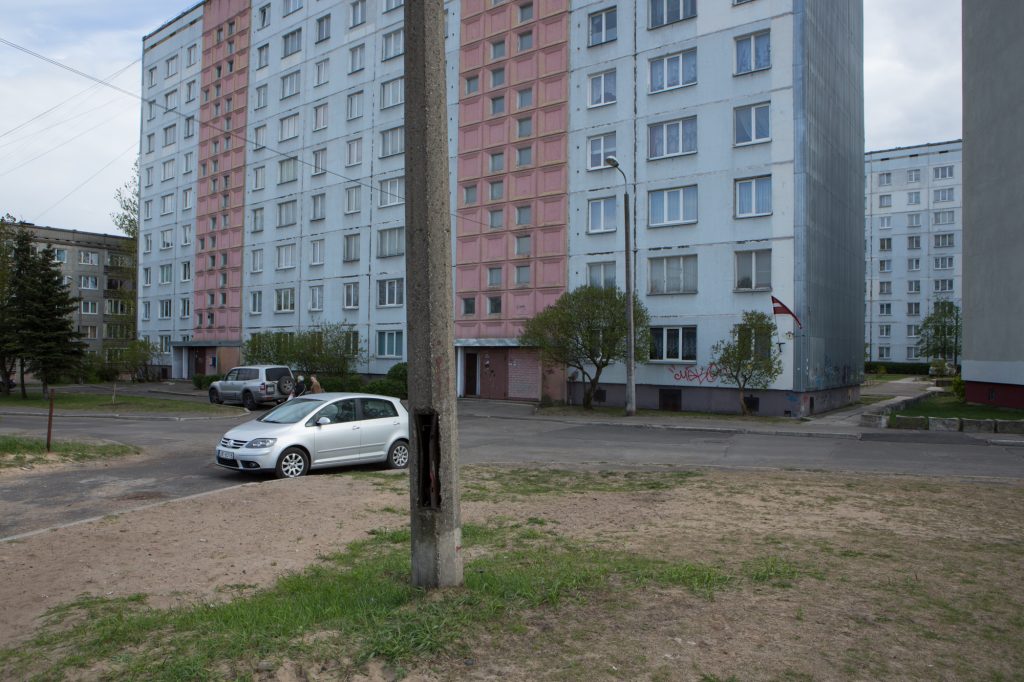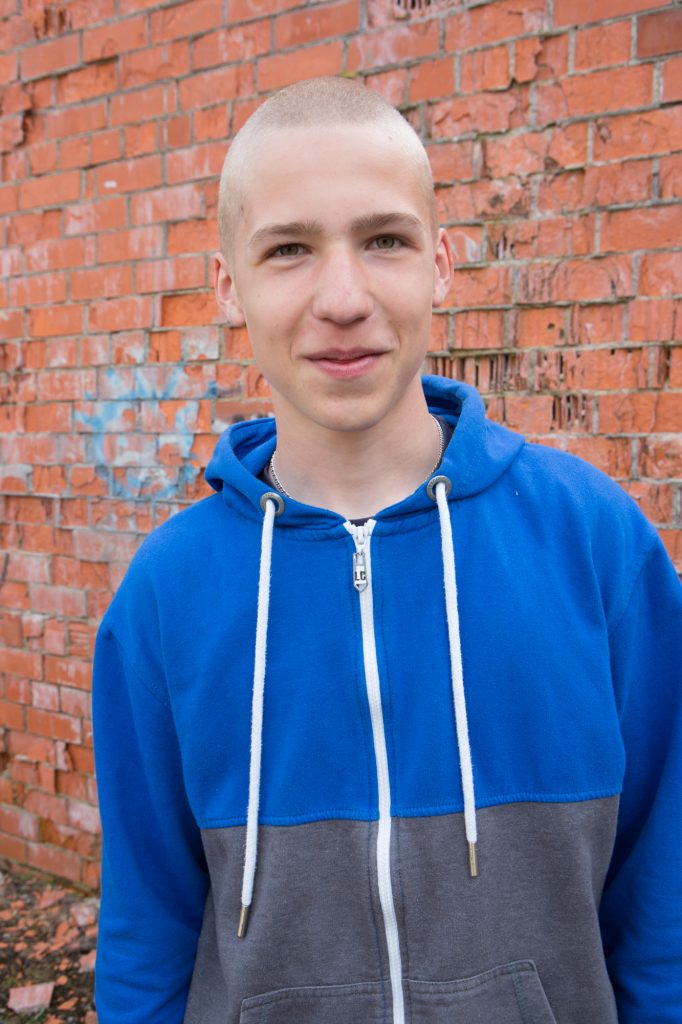Módernísk arfleifð

Sýningin samanstendur af ljósmyndum teknum í Riga og Daugvapils árið 2014 og 15. Titillinn vísar til hverfa sem risu í nafni módernismans víða um heim í byrjun tuttugustu aldar. Eftir síðari heimsstyrjöldina fór módernisminn á flug. Hinir efnameiri tóku móderníska byggingalist upp á arma sína og byggðu híbýli sín í þeim stíl. Það sama gerðu einnig mörg
fyrirtæki. En þegar grípa átti til módernísku aðferðarfræðinnar við byggingu ódýrari íbúða fyrir almenning fór eitthvað úrskeiðis.. Það reyndist erfitt að heimfæra útópísku paradísina sem módernistar höfðu í hugskoti sér þegar byggð voru há fjölbýlishús og blokkir. Hönnunargallar og
ófyrirséð vandamál er tengdust félagslegum aðstæðum settu strik í reikninginn.
Á Íslandi má þakka fyrir að skrímslablokkir í líkingu við þær sem risu í Pruitt–Igoe í St.Louis voru aldrei byggðar, en þær blokkir voru svo umdeildar að á endanum stóðu þær tómar því að jafnvel þeir sem verst voru staddir fjárhagslega vildu ekki búa þar. Blokkirnar í Efra Breiðholti eru líklega það sem kemst næst þessu og það sem við getum kallað
okkar módernísku afleifð.
Spessi hefur lengi haft áhuga á þessum byggingarstíl. Það má merkja Í bók hans Location frá árinu 2007, en þar eru myndir af íslenskum byggingum frá sjöunda og áttunda áratug síðustu aldar, blokkir í Breiðholtinu og hin þekktu kassahús sem standa við Glerárgötu á Akureyri.
Spessi er fyrst og fremst portrettljósmyndari og hefur hann á flakki sínu um heiminn tekið portrett af fólki á stöðum sem flestir myndu reyna að forðast. Í ferð til Lettlands, í tengslum við sýningu sem hann tók þátt í þegar Riga var menningarborg Evrópu, myndaði hann unglinga í úthverfi Riga og árið eftir fór hann í sömu endargjörðum til Daugvapils. Myndirnar af unga fólkinu í Riga og Daugvapils í Lettlandi eru hér til sýningar í Ramskram. Þessar myndir eru vísir að því sem varð bókin 111 og samnefnd sýning á Listahátíð 2018. Portrettin eru af unga fólkinu sem þarf að burðast með módernísku arfleifðina.
Modernist Heritage
The portraits are from Riga and Daugvapils in Latvia, taken in 2014 and 15. The title refers to neighbourhoods that developed during the Modernist era beginning in early 1920s. The Modernist architecture grew extensively post world war II. Numerous neighbourhoods rose all over the globe. The intentions of the modernists were noble, and worked well until its philosophy was used to build housing for the poor. It was challenging to copy the Modernist utopia to housing for the many. Constructive defects and social problems had unforeseen consequences.
In Iceland we can be thankful that we are a nation of few, that probably saved us from monster structures like Pruitt–Igoe in St.Louis which was a neighbourhood that gained tremendous controversy, that led to that the buildings stood vacant and even the poorest of poor did not want to live there. Finally the structures were tore down in the seventies. On the other hand we have the buildings in “Efra Breiðholt” The upper part of Breiðholt, post code 111. That is probably what comes closest to neighbourhoods that resemble the Modernist heritage this show is referring to. Spessi is interested in the legacy of the modernist era. This is clear from his book Location published in 2007, where he documented architecture from the sixties and seventies. The block of houses in Breiðholt and the cube houses in Glerárgata Akureyri as an example.
Spessi is first and foremost a portrait photographer, during his travels he has taken portraits of people, sometimes in places that others would take a detour to avoid. In one of those trips, to Latvia, he was photographing teenagers in their natural habitat in Riga´s suburbia. The following year he came back and photographed young people in Daugvapils. These pictures were the predecessor of the project, 111, a book and a show at Reykjavík Arts Festival 2018.
These are the young people who are burdened with the Modernist Heritage.

